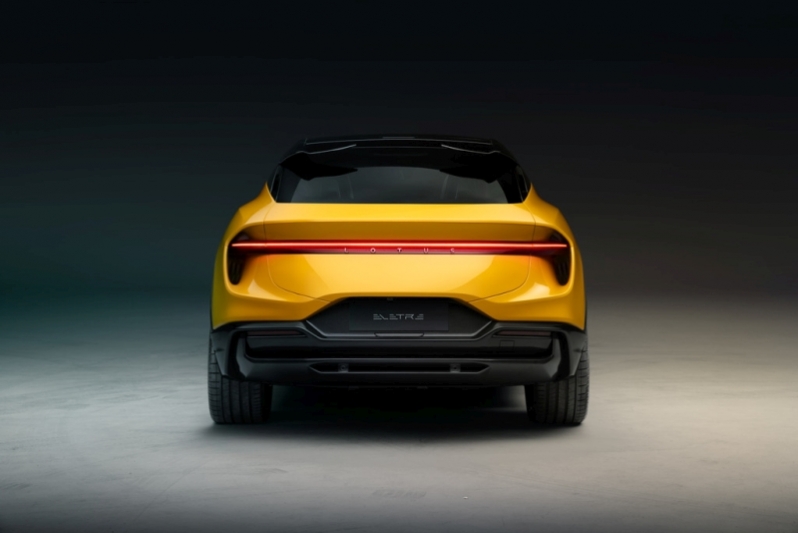Lotus’s first ever five-door car is a Lamborghini/Aston Martin/Ferrari-rivalling hyper-SUV.
“Simplify, and add lightness”. That may have been the mantra of Lotus for decades, but there’s absolutely no sign of that in its latest creation, an EV luxury SUV called the Eletre.
It’s the first significant step in the British (former) sports car maker’s transformation into a luxury EV company. After the Eletre, Lotus will launch three other EV models by 2026, including a 2+2 coupe and a new sports car.
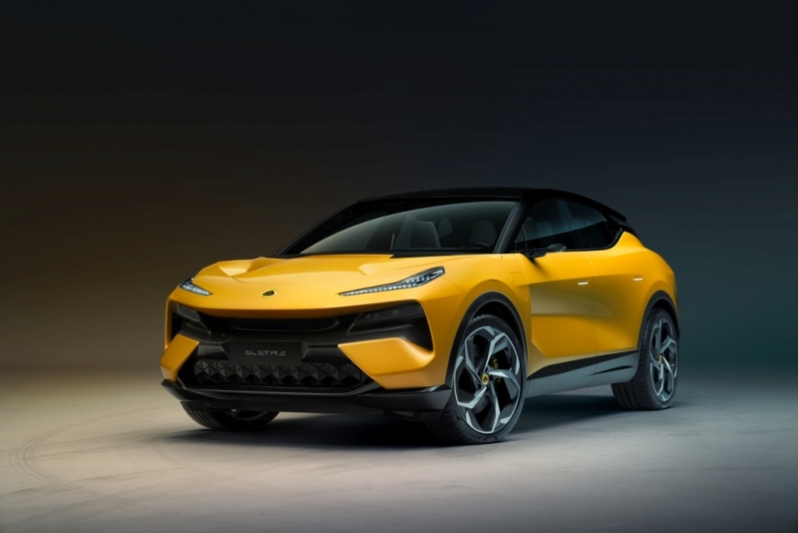
Described as a British car that’s been “raised globally”, the Eletre was designed and engineered by several teams in the UK, Sweden and Germany, and will be the first Lotus built outside Britain - in a brand new factory in Wuhan, China. Don’t forget of course that Lotus is now owned by Geely, as is Volvo and its luxury EV offshoot Polestar.
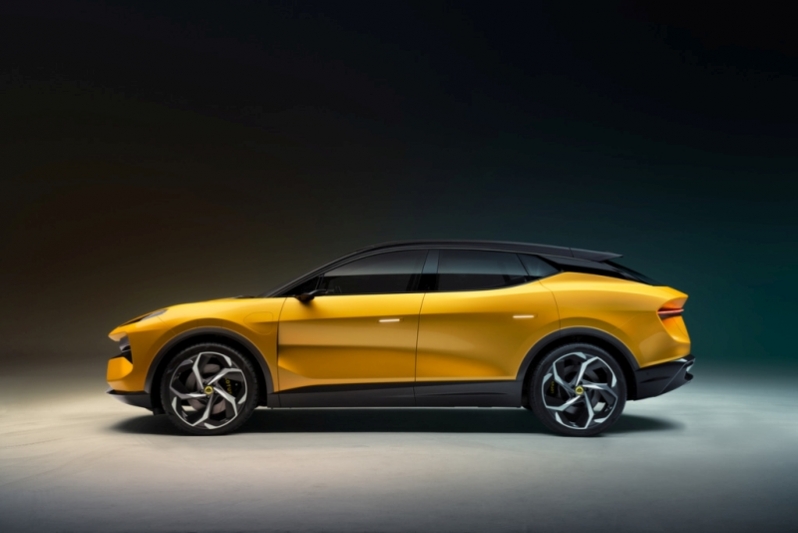
But enough of the background; on to the car itself. The Eletre is built upon a new aluminium proprietary that is scalable to suit other, future models. In this application though, it gives the Eletre a footprint of 5.1 metres by 2.2 metres, with a wheelbase of 3 metres. The batteries are mounted in a “skateboard” configuration under the car, and wheel sizes are 22-inch as standard, with 23s optional.
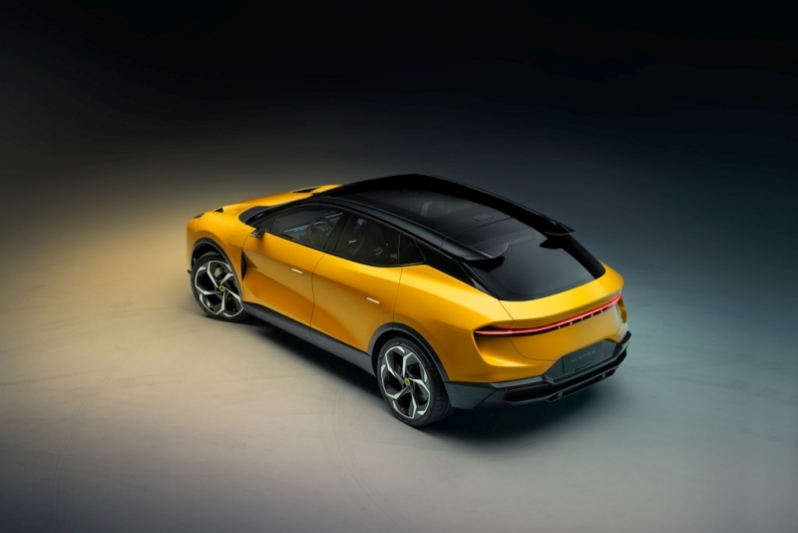
Power comes from an electric motor on each axle, developing 600hp in the base model, which gives the car a 0-100km/h of under 3 seconds. In the near future, an extreme performance version is said to be coming, adding an additional motor on the rear axle to make a total of 900hp, which should make it one of the fastest SUVs around.
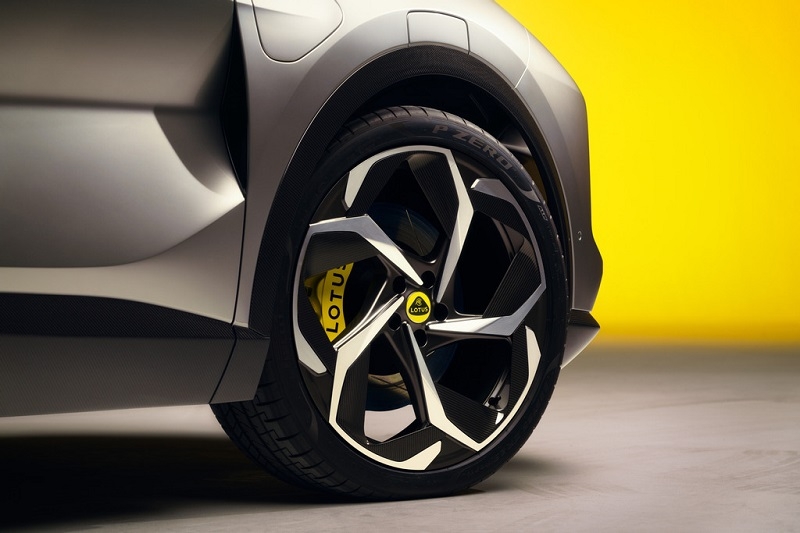
As it stands, with performance like that on tap, the Eletre’s natural rivals would be the other hyper-SUVs on market, like the Lamborghini Urus (650hp, though you can expect an even hotter model will come before the company ditches ICE engines), the Aston Martin DBX707 (707hp), the Ferrari Purosangue (no details yet, but it’ll have a V12), and the Tesla Model X Plaid (1000+hp). Certainly not company you'd have expected a Lotus to be rubbing shoulders with before…
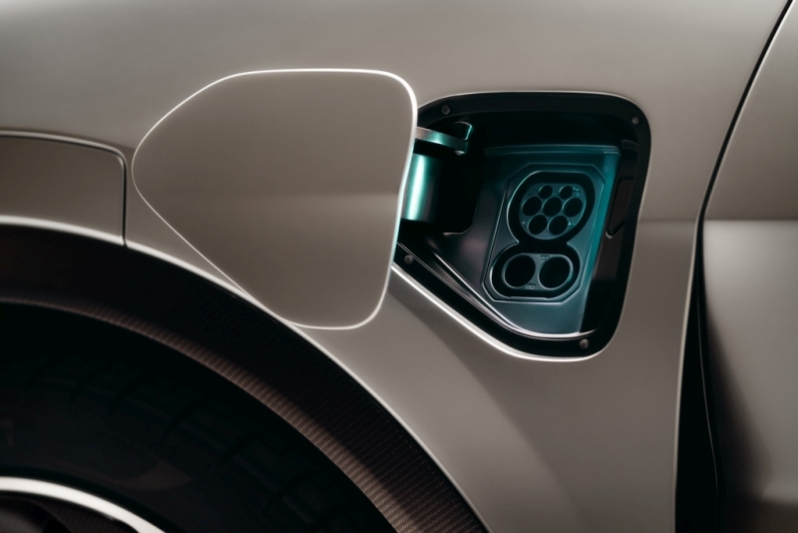
Battery capacity is a smidge over 100kWh, which will give a range of 600km, and with the 800V architecture, will accept charging rates of up to 350kW, which should give it 400km of range after just 20 minutes of being plugged in.
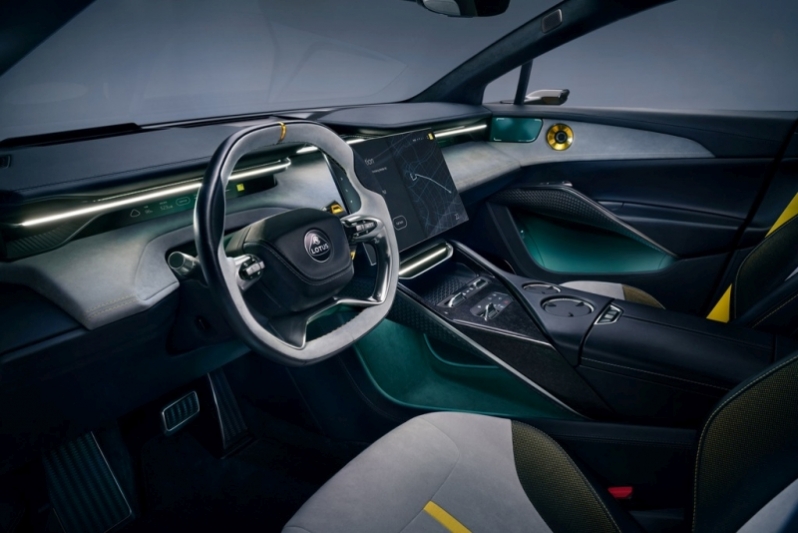
The car’s charging status will be easy to spot, as both the taillight strip on the rear end, as well as the one encircling the cabin, can change colour to reflect that. In fact this an interior that’s almost unrecognisable as a Lotus (although the stark bareness of the Elise for a quarter of a decade does set a rather unrealistic precedent), with luxury and tech that you’d expect for a posh daily-able car like this.
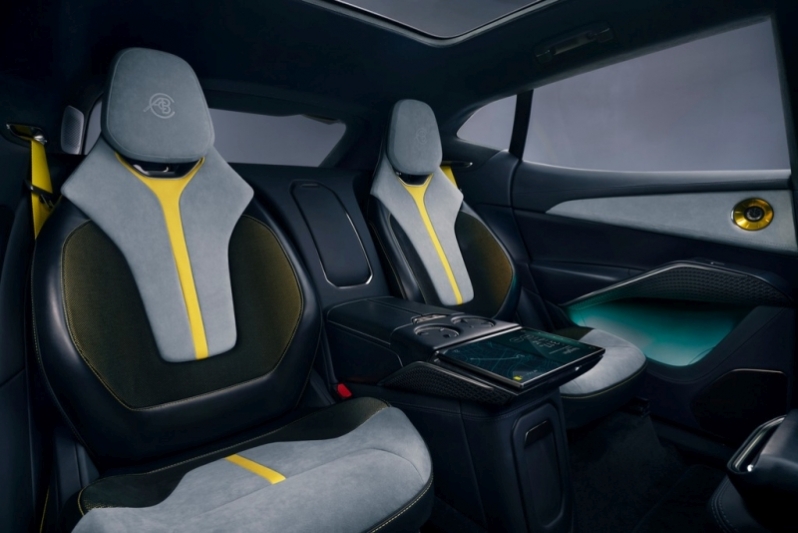
A large 15-inch OLED touchscreen takes centre stage, through which all of the car’s functions can be accessed, although certain key controls, such as for climate or drive modes, will have analogue buttons too (hooray!). More eye-catchingly, the traditional instrument binnacle has been ditched in favour of a slimline strip just 30mm tall, which is bolstered by an augmented reality (AR) head-up display.
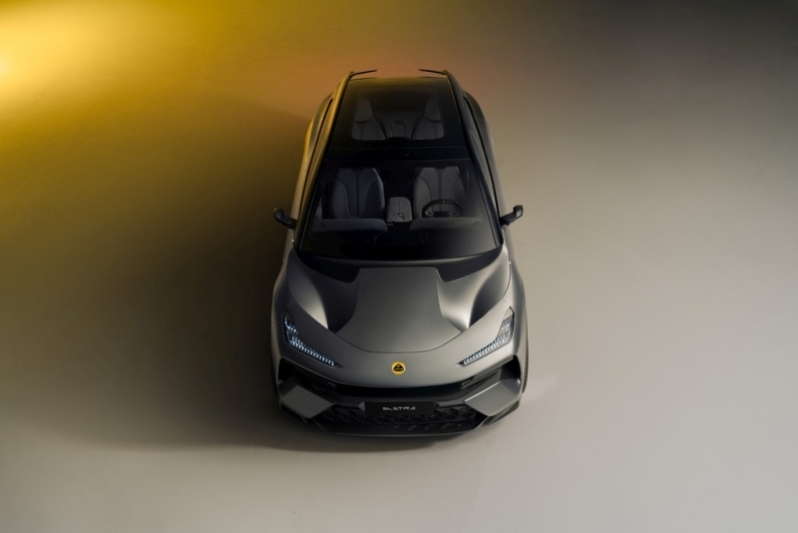
With so much more bodywork real estate to work with than anything it's done before, Lotus had its work cut out styling the Eletre. "Porosity" is a major theme here, with holes and air channels all over the body. Starting under the "beak" and passing through the bonnet; air curtains behind the front wheels and along the door; between the elements of the cantilevered roof spoiler; from the rear wheels and through the rear bumper under the taillights; there's even a buttress in the rear pillar, like a Ferrari 599.
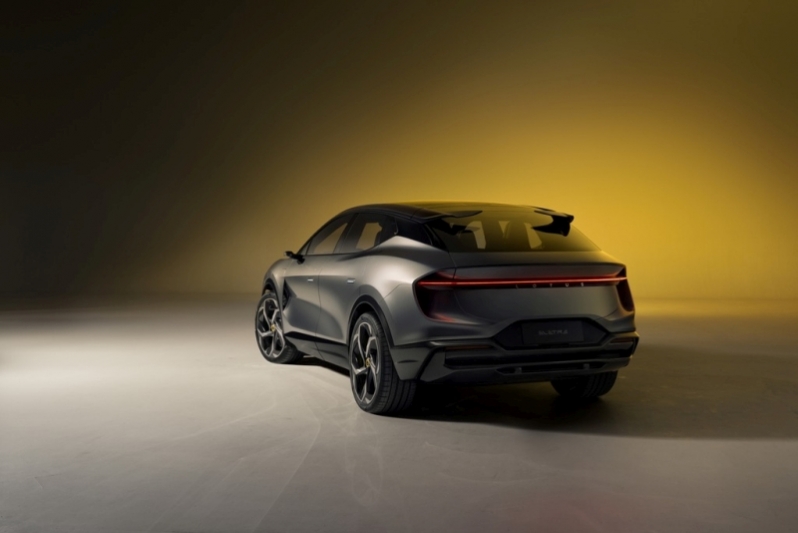
All of this is obviously in pursuit of making the Eletre as slippery through the air as possible, but Lotus also makes mention of how all these elements were made in the spirit of keeping things lightweight - both visually and physically.
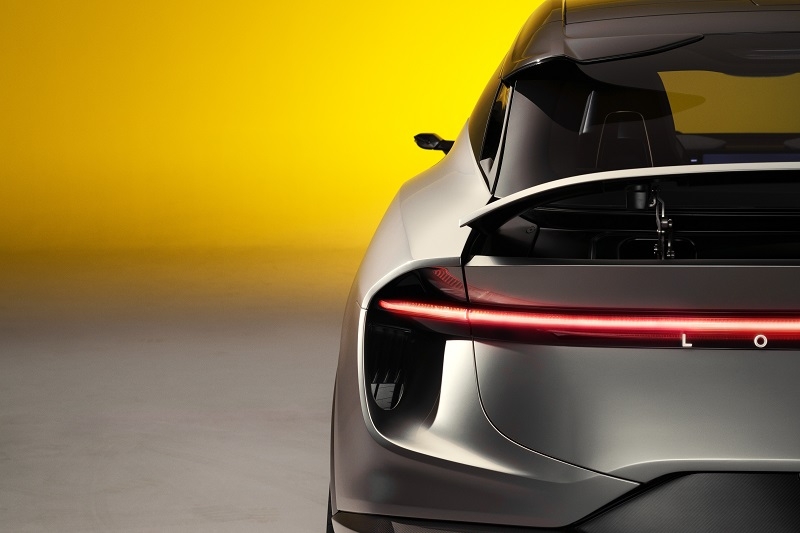
That latter one is clearly as believable as a certain Cold War-loving head of state claiming his invasion of a neighbouring country isn't a war, but to be fair, there's some signs of Lotus doing what it can to pare weight back. All told, the Eletre weighs in at a near-even two tonnes, which isn't a bad figure considering the unavoidable effects an EV's batteries has on the weighbridge. If we accept the fact that, size-for-size, an EV always be heavier than an ICE car, then it’s quite some achievement that the Eletre comes in quite a bit lighter than the Urus (2.2 tonnes), the DBX (2.3 tonnes) and the Model X (2.5 tonnes).
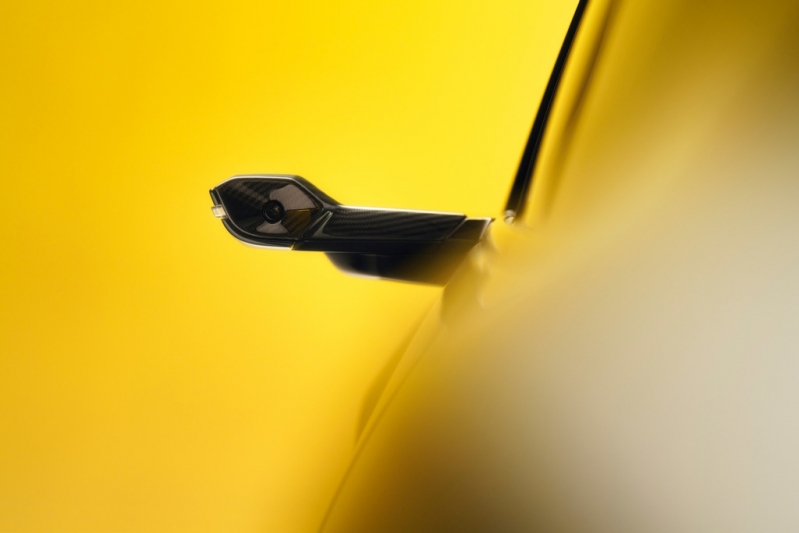
That should go some way to making the Eletre the best-handling SUV around; after all, “For The Drivers” has long been the Lotus motto. And yet, the Eletre is also a Lotus for people who, err, don’t want to drive…? That’s because all over the car (in the wheelarches, top of the rear windscreen, in the rear-view cameras) are LIDAR sensors, which will enable Level 4 autonomous driving. We suspect this will be a huge selling point in what are expected to be the Eletre’s key markets, the USA and China.
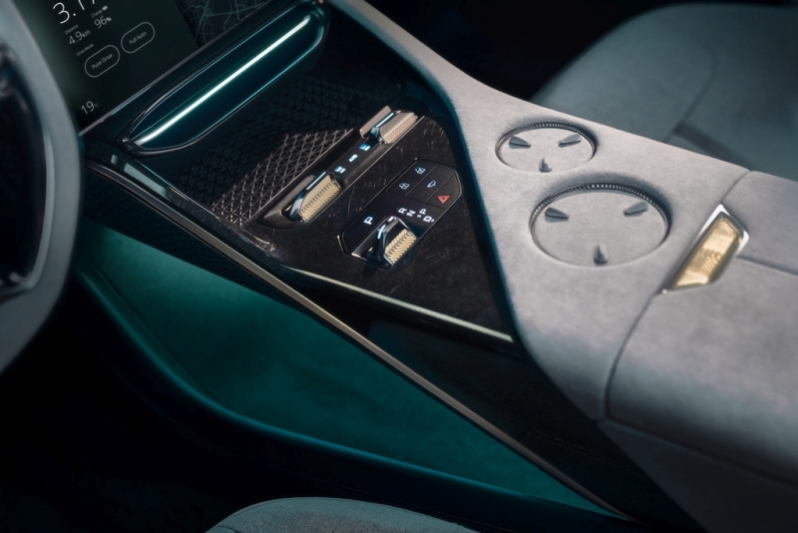
So, Colin Chapman must be spinning in his grave by now, with how un-Lotus like the Eletre is. Or is he?
For better or (in our opinion) worse, the world is SUV-mad right now. And with literally every other volume car maker (except possibly McLaren) in the segment now, it’s pure and simple business sense for Lotus to take a bit of this very large, very stuffed pie.
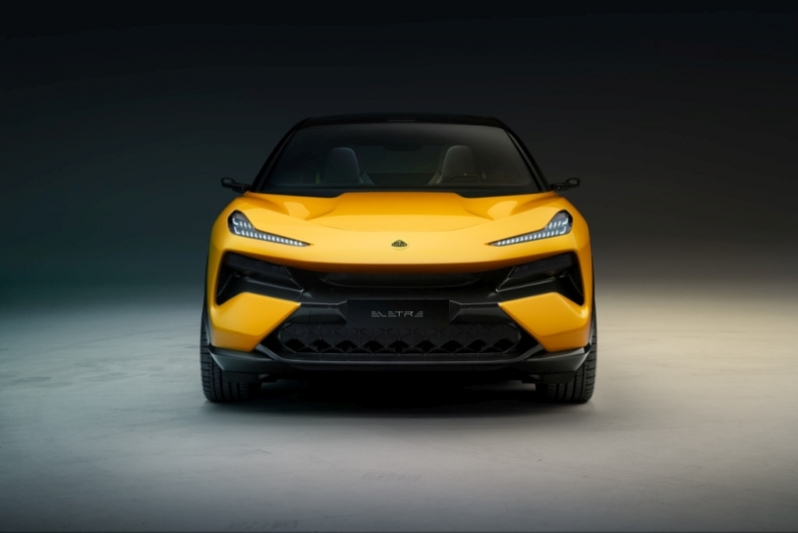
And let’s not forget, Porsche and Lamborghini were pure sports car companies too before the Cayenne and the Urus, and their existence hasn’t - and won’t - dilute their ability to make a cracking sports or supercar. And if the Eletre has a similar effect on Lotus’s bottom line as the Cayenne did on Porsche’s, it’ll mean extra funds it can invest in making cars that are truly For The Drivers. And that’s something to cheer for, right, instead of worrying if Lotus would go belly up as it nearly did many times in the past.
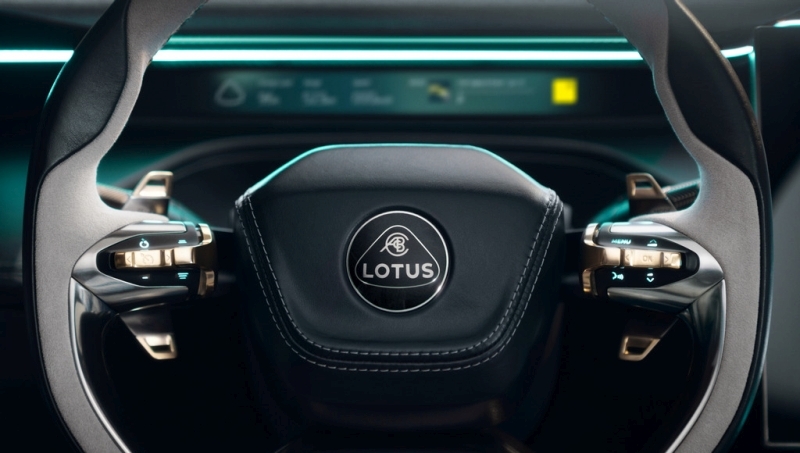
Yet, as dyed-in-the-wool petrolheads who’ve had many experiences with Lotuses of late, this somehow hits a little different for us. Porsche and Lambo had a history of being luxury brands in general, something that even people with scant interest in cars might aspire to. Lotus? That’s always been the domain of the driving enthusiast, people who supported the brand not for what the badge on the nose said about them, but how alive the products actually made them feel behind the wheel. Still, the existence of the Eletre was an inevitability, and we’ll just have to trust that the team at Hethel can still keep the Lotus spirit alive as we enter a new age. The Eletre may be a contradiction to the 74-year old company’s ethos to date, but hey, if it means it can enable the company to keep making the kind of Lotuses we do know and love, then it’s a contradiction worth getting behind.
